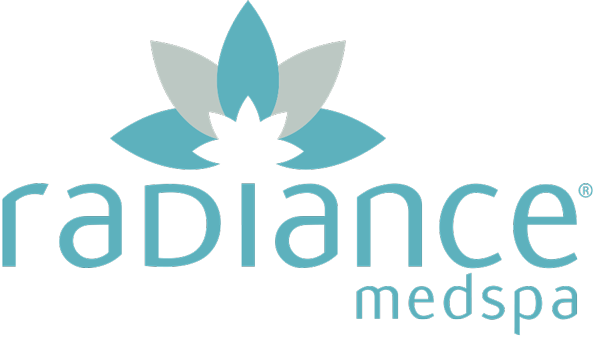It’s a natural-looking way to soften and smooth frown lines between the brows.
If you’re anything like us, you’re probably already stocked up on anti-aging toners, serums and moisturizers. While there’s no denying that these products can work wonders on improving the appearance of your skin, there comes a time when all the products in the world can’t fully minimize fine lines and wrinkles to the point that you’re hoping for.
Fortunately, prescription injectable neurotoxins, like Dysport® (abobotulinumtoxinA)* are available to help temporarily smooth those pesky, moderate to severe frown lines between the brows. And while there once was a time that the “frozen” look was associated with these types of injectables, that’s not the case now.
So, if you’re curious about trying out this injectable, we’ve got you covered. Here, we tapped Miami plastic surgeon G. Jackie Yee, MD to break down everything to know about Dysport and explain why you likely won’t lose those precious facial expressions after treatment.
First, why do some people get the “frozen” look from injectables?
To understand why some people can look “frozen” after injections, it’s important to understand how these treatments work. “Dysport is an injectable medication that is a neurotoxin,” explains Dr. Yee. “A neurotoxin blocks muscle contraction, and by controlling or limiting muscle contractions that create wrinkles, Dysport can be used to treat and help smooth those frown lines between your eyebrows [from forming or worsening].”
However, if this neurotoxin is administered incorrectly or is overdone, patients may have such minimal facial movement that their face looks frozen. Luckily, this look is easily avoidable and not permanent.
How can you avoid the “frozen” look?
“A patient can avoid getting the ‘frozen look’ by choosing an injector with adequate training and experience with injecting neuromodulators,” explains Dr. Yee. “Each state has different laws and rules as to who is legally allowed to purchase and inject FDA-approved neurotoxins.”
To ensure that the desired outcome is achieved, Dr. Yee recommends that all patients clearly discuss which areas on the face they want to treat and what they are expecting from the treatment. “If someone has previously been treated with neurotoxins, I always ask what their experience was pertaining to pain, duration, muscle contraction, the frozen look, brow heaviness, brow lifting, wrinkle correction, and wrinkle worsening,” she says. “I think communication between patients and their injectors is one of the most important aspects to ensuring the outcome is a success.”
As with any injection, there is a potential for risks and side effects, so be sure to discuss with your injector. The most common side effects of Dysport are nose and throat irritation, headache, injection site pain, injection site skin reaction, upper respiratory tract infection, eyelid swelling, eyelid drooping, sinus inflammation and nausea.
Why is Dysport a good option for those who like a little movement in their face post-treatment?
According to Dr. Yee, Dysport is a great choice for those that want to avoid too little facial movement because it can precisely treat the targeted wrinkle-causing muscles between your brows. “Therefore, [you are] leaving the muscles that you do not want to be affected to still be able to contract and express emotion naturally,” she explains. “Leaving muscles unaffected by neurotoxins is just as important as injecting the correct targeted muscles.”
However, it is important to note that in some cases, the effects of Dysport and all botulinum toxin products may affect areas of the body away from the injection site and can lead to serious side effects.
Read original article here.

